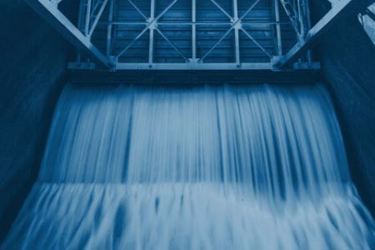No Chlorine, No Contamination: A Cleaner Future For Wastewater Reuse
By Yariv Abramovich

As freshwater scarcity intensifies globally, treated wastewater reuse has become essential for sustainable water management. Yet, one persistent challenge remains: chlorine disinfection. While chlorine has long been the default disinfectant due to its affordability and familiarity, it brings significant environmental, operational, and public health risks. These include harmful disinfection byproducts (DBPs), such as trichloroethane and haloacetic acids, as well as safety concerns related to chemical storage and handling—especially in urban environments. Chlorine-based systems are increasingly misaligned with modern demands for cleaner, safer, and more sustainable water reuse.
Ultraviolet (UV) disinfection offers a compelling, chemical-free alternative. UV systems inactivate pathogens by disrupting their DNA, eliminating the need for chemical additives or resulting byproducts. Recent advancements in low-pressure, high-intensity UV technology have enabled efficient, large-scale wastewater disinfection. These systems feature high-output lamps, energy-efficient design, and smart monitoring tools that adapt in real-time to ensure performance and regulatory compliance. Modular and compact, they are particularly well-suited for dense urban settings with limited space.
One case study highlights a major metropolitan wastewater treatment plant that replaced chlorine with UV technology, successfully treating 91 million liters per day while meeting stringent reuse standards. This transition marked a broader strategic shift toward long-term safety, resilience, and environmental stewardship.
As wastewater reuse becomes increasingly vital, municipalities must adopt disinfection solutions that align with evolving regulations and sustainability goals. UV disinfection provides a reliable, scalable path forward—ensuring public and environmental health without operational compromise. The future of water reuse is chemical-free, smart, and already within reach.
Get unlimited access to:
Enter your credentials below to log in. Not yet a member of Water Online? Subscribe today.
